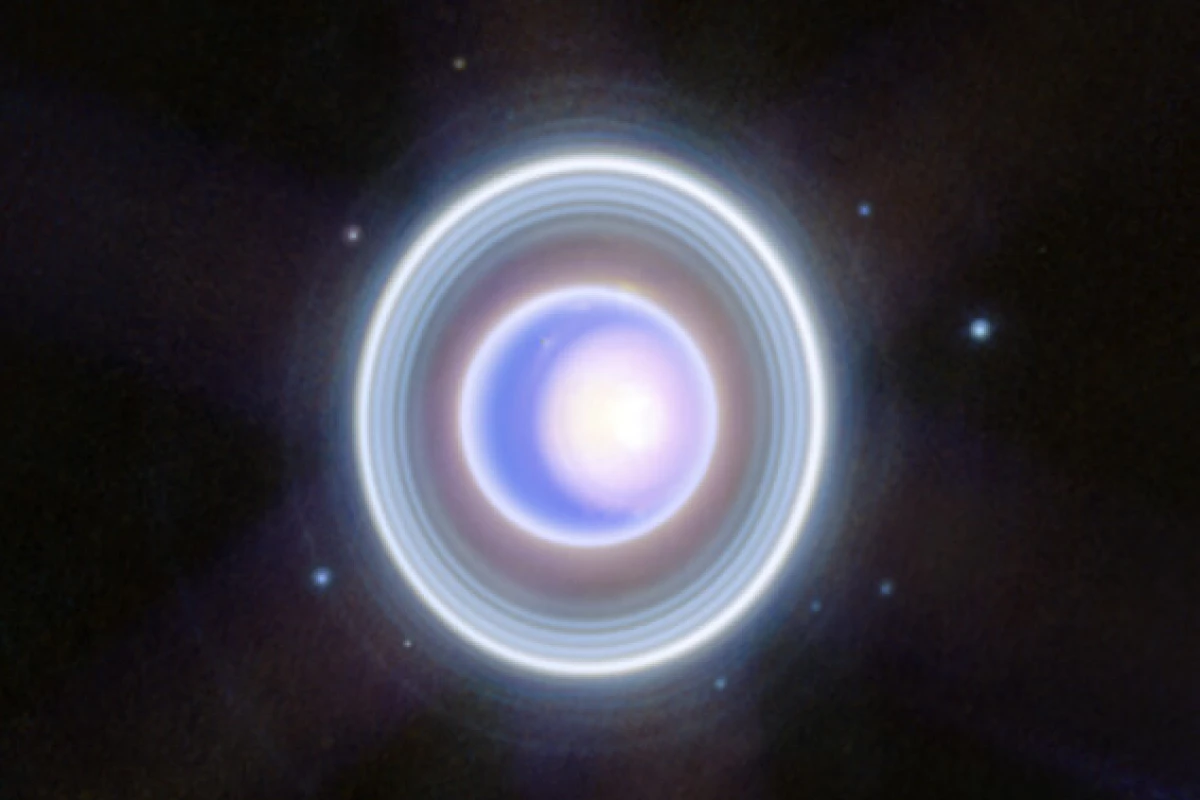Scientists have discovered the potential existence of a bizarre new molecule related to water. Dubbed “aquodiium,” this ion could form under extreme conditions and may explain some of the weirdness of our solar system’s ice giant planets.
From the earliest science lessons in school, we know that the chemical formula for water is H2O, meaning it’s made up of two hydrogen atoms bound to an oxygen atom. That’s true for the vast majority of the time, but of course, it’s not always that simple: in about 1 in 500 million water molecules, protons can move between atoms, creating the related ions hydroxide (OH-) and hydronium (H3O+).
For the new study, researchers in Russia and China have identified a new type of watery ion that could exist under exotic conditions. The clue is in a “template” for making plausible molecules, known as sp3 hybridization: in short, certain atoms have four “slots” for linking up with other atoms or ions. In the case of oxygen, two of these slots are available for atoms, often hydrogen – and bam, you’ve got H2O, regular water. The other two slots are taken up by electron pairs, which can’t form bonds with atoms but can catch loose protons. Throw an extra one there and you’ve got hydronium. The last slot usually remains empty, but the team wondered if that always had to be the case.

“The question was: Can you add yet another proton to the hydronium ion to fill in the missing piece?,” said Professor Xiao Dong, corresponding author of the study. “Such a configuration at normal conditions is energetically very unfavorable, but our calculations show there are two things that can make it happen. First, very high pressure compels matter to reduce its volume, and sharing a previously unused electron pair of oxygen with a hydrogen ion (proton) is a neat way of doing that: like a covalent bond with hydrogen, except both electrons in the pair come from oxygen. Second, you need lots of available protons, and that means an acidic environment, because that’s what acids do – they donate protons.”
Using advanced simulations, the team checked whether this might happen with hydrofluoric acid and water under extreme conditions. And sure enough, when subjected to about 1.5 million atmospheres of pressure, and temperatures of around 3,000 °C (5,432 °F), new ions began to appear. Named aquodiium, these had the chemical formula of H4O2+.
Intriguingly, these strange ions might solve some mysteries of the solar system. The ice giants, Uranus and Neptune, have weird magnetic fields that don’t line up with the planets’ rotation or their physical centers. Aquodiium could be responsible for generating those magnetic fields, and intriguingly, the pressures and temperatures deep in these planets are similar to those in the team’s simulations.
“The hydrogen surrounding Jupiter’s rocky core at those conditions is a liquid metal: It can flow, the way molten iron in the Earth’s interior flows, and its electrical conductivity is due to the free electrons shared by all the hydrogen atoms pressed together,” said Artem R. Oganov, co-author of the study. “In Uranus, we think that hydrogen ions themselves – i.e., protons – are the free charge carriers. Not necessarily as standalone H+ ions, but perhaps in the form of hydronium H3O+, ammonium NH4+, and a series of other ions. Our study adds one more possibility, the H4O2+ ion, which is extremely interesting from the chemical viewpoint.”
The research was published in the journal Physical Review B.
Source: Skoltech





